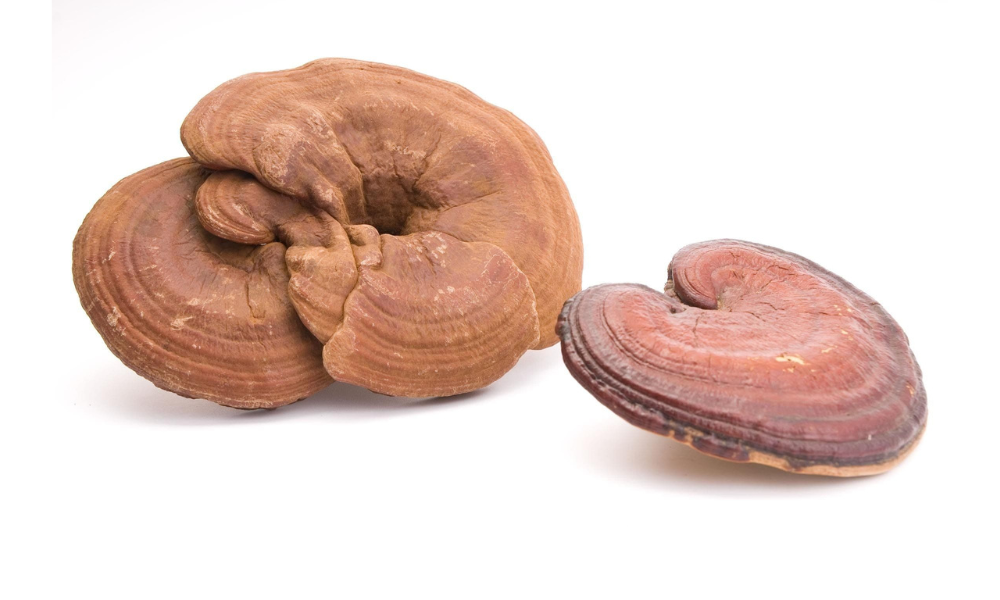The lingzhi or reishi mushroom (Traditional Chinese: 靈芝; pinyin: língzhī; Japanese: reishi; literally: "supernatural mushroom") encompasses several fungal species of the genus Ganoderma and most commonly refers to the closely related species Ganoderma lucidum and Ganoderma tsugae. G. lucidum enjoys special veneration in East Asia, where it has been used as a medicinal mushroom in traditional Chinese medicine for more than 4,000 years, making it one of the oldest mushrooms known to have been used medicinally.
Because of lingzhi's presumed health benefits and apparent absence of side effects, it has attained a reputation in the East as the ultimate herbal substance. Lingzhi is listed in the American Herbal Pharmacopoeia and Therapeutic Compendium. Ganoderma is prescribed by medical practitioners as it is sought to enhance immune system support. An increasingly popular natural remedy, Ganoderma is used only as a medicinal mushroom and is not recommended for cooking.
Ganoderma lucidum, also known as lingzhi (Chinese) or reishi (Japanese), is a type of mushroom that has been used for thousands of years throughout Asia for its beneficial effects on our ability to maintain or improve health. Since the commercial use of this mushroom in capsule form, it is now used by over 10 million people worldwide.
Ganoderma lucidum is a select plant that is loaded with a wide range of superior nutrients for body cells. Some of the most important include:
- Polysaccharides: Beta-D-glucan, FA, F1, F1-1a, D-6, A, B, C-2, D, G-A betaglucan, G-Z
- Organic Germanium (6,000 ppm in the Ganocelium or GL)
- Antioxidants (very high—around 23,000 I.U.s)
- Adenosine
- Vitamin C and B vitamins + other vitamins, minerals, various enzymes, and essential fatty acids
- Complete proteins and glycoproteins
- Selenium, iron, calcium, zinc, magnesium, copper, potassium
- 110 amino acids—including all essential amino acids
- Triterpenes and triterpenoids—up to 137 types, including six types of cytotoxic triterpenes
- Ganoderic acids: B, D, F, H, K, Mf, R, S, T-10, Y
- Ganodermadiol, ganoderiol F, ganodosterone, ganodermanontriol, ganoderic acid B, ganodermadiol, ganodelan A and B, lanostan, lucidadiol, lucidenic acid B, applanoxidic acid G
- Plant sterols, ergosterol, alkaloids, nucleotides, lingzhi 8, uridine, uracil, pantothenic acid
- Canthaxanthin, lipids, protein, fiber, carbohydrates, volatile oil, riboflavin, coumarin, mannitol, oleic acid, RNA, cyclooctosulfur
- Rich in a number of complex phytochemicals, including ergosterol, ergosteroids, fumaric acid, aminoglucose, and lactones
Ganoderma lucidum is the only known source of a group of triterpenes known as ganoderic acids. It is a source of biologically active polysaccharides with presumed medicinal properties, and it also contains:
- Ergosterol
- Coumarin
- Mannitol
- Lactones
- Alkaloids
- Unsaturated fatty acids
Using Ganoderma for Health
Ganoderma helps the body improve overall well-being. It is available in capsules and tea, both of which can be found at health food stores.





